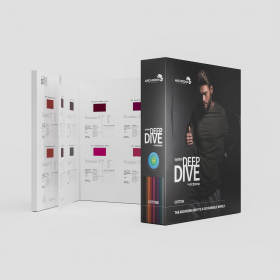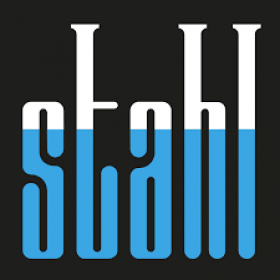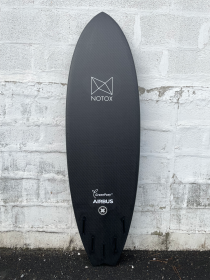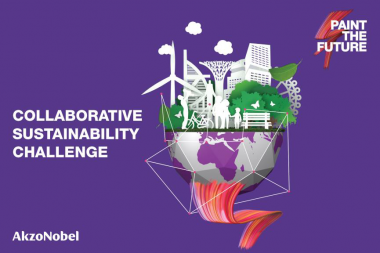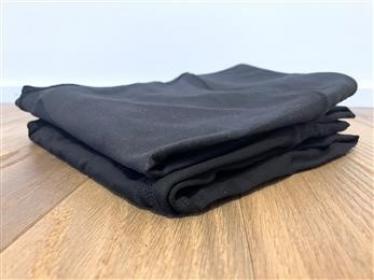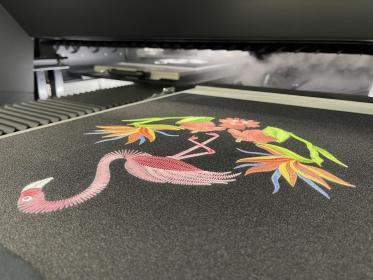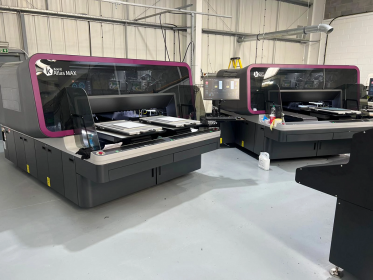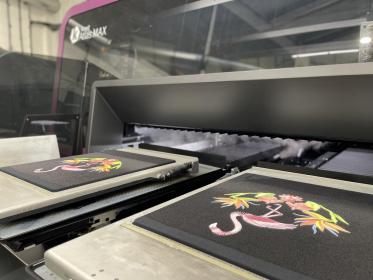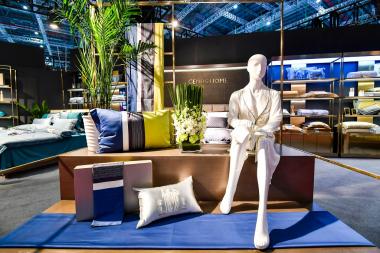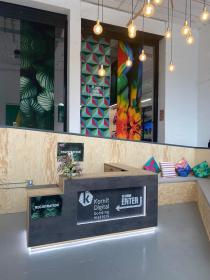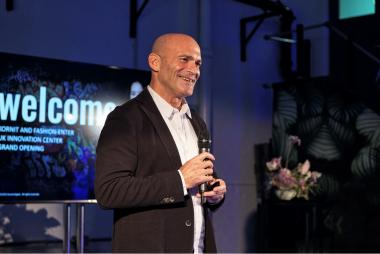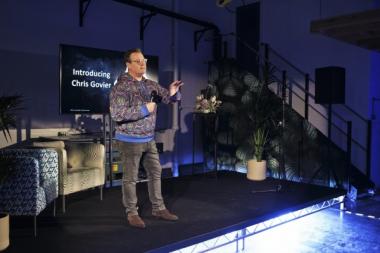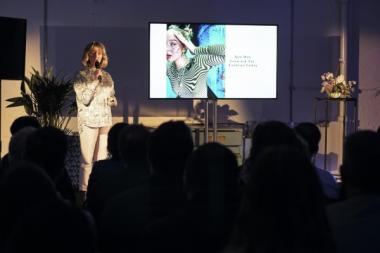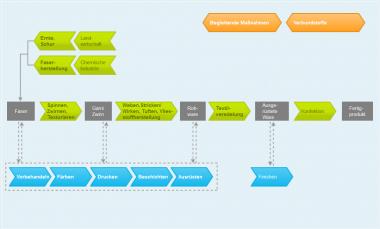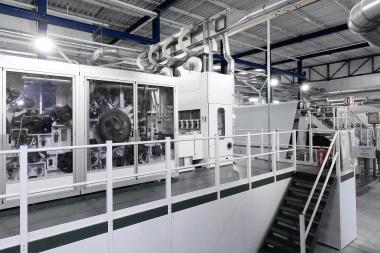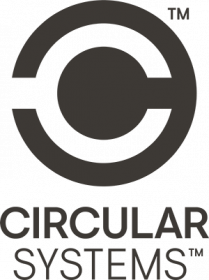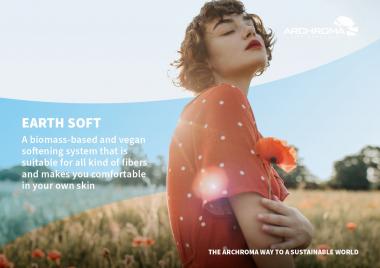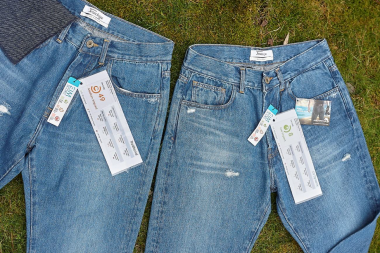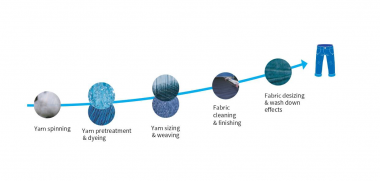Archroma bridges the gap between art and science
- with a ready-to-use swatch book dedicated to its DEEP DIVE sustainable dyeing system for dark, popular color basics
Archroma, a global leader in specialty chemicals towards sustainable solutions, launches its first ever ready-to-use swatch book, dedicated to creating sustainable black and dark color basics for faster time to market, to support its popular DEEP DIVE 2.0 system.
In 2018, Archroma launched its system solutions, a holistic approach aimed at addressing the growing expectations of the public in terms of keeping consumers, and the environment, safe.
Under the umbrella of "The Archroma Way to a Sustainable World: Safe, efficient, enhanced, it's our nature", the Archroma systems are designed to create innovation and performance, whilst reducing the impacts on water, energy and other natural resources. The savings generated by these 70+ system solutions are demonstrated by Archroma's proprietary ONE WAY Impact Calculator, a ground-breaking tool launched in 2012 and continuously upgraded to simulate and optimize the footprint of textile application processes.
One of these systems, DEEP DIVE 2.0, has attracted a lot of interest not just from textile manufacturers but also from major brands and retailers worldwide. This popular system combines Drimaren® Ultimate HD, high-performance reactive dyes, with Blue Magic, an all-in-one pretreatment, Optifix® RUB New liq and Siligen® SIH-S New liq, a finishing treatment improved rub fastness and elegant hand feel, and an effective hydrolyzed dye remover, Cyclanon® XC-W New liq. The result is a shorter dyeing process combining right-first-time productivity, an improved fabric quality for longer lasting end-articles, as well as dramatically reduced water and energy utilization for brands committed to drive more sustainable production. Savings can reach up to 31% water and 34% energy.
The system is ideally suited for medium and dark cottons that have high performing fastness to light, multiple home laundering, saliva – in other words: apparel used for fashion, sports and baby’s wear.
At the same time, interested manufacturers and brands were facing the constant challenge of the fashion industry: time to market.
Often design is separated from execution in the factory and as such often designers initially select color that cannot be met in reality on different fibers or production routes in terms of color flare, metamerism, brightness, depth and now sustainable metrics – leading to lengthy delays and compromises in function, performance and/or color.
Archroma decided to create a dedicated tool aimed at addressing these issues. The company developed a new, unique book with color swatches made with the system that is ready to implement immediately into production thanks to engineered color standards and specifications.
This new tool offers a path to bridge the gap between “art and science” by providing at inspiration phase fully executable deep colors for cotton with controlled color metamerism and at the same time demonstrate water, energy and chemical savings, enhanced color fastness using safe chemistry for the end consumer. As a wardrobe staple, medium to dark shades are very popular with consumers. As a result, most brands and retailers often have and sell up to 60% of medium to dark shades in their seasonal palettes. It’s also the dark shades that use the most water and energy in production, so prioritizing these colors would have the largest ecological positive impact. The 48 colors swatched in the DEEP DIVE 2.0 book have been selected based on market popularity to allow brands and manufacturers to match that very stable market demand. Customers may use these colors as presented, or as inspiration whereby Archroma can create and match new custom colors using the DEEP DIVE 2.0 system.
Christophe Maestripieri, Global Head of the Archroma Brand Studio, the company’s department dedicated to support brands’ projects and innovations, explains: “We wanted to make sure our partners have all the tools they need to convert to more sustainable colors. We had the ideal dyeing system to do that, DEEP DIVE 2.0, with its high performance and reduced impacts on resources. Now, with the new DEEP DIVE 2.0 swatch book, we also offer to brands and manufacturers a way to select sustainable color options that meet the market demand for high quality medium to dark shades which can be implemented into production right away.”
Archroma


